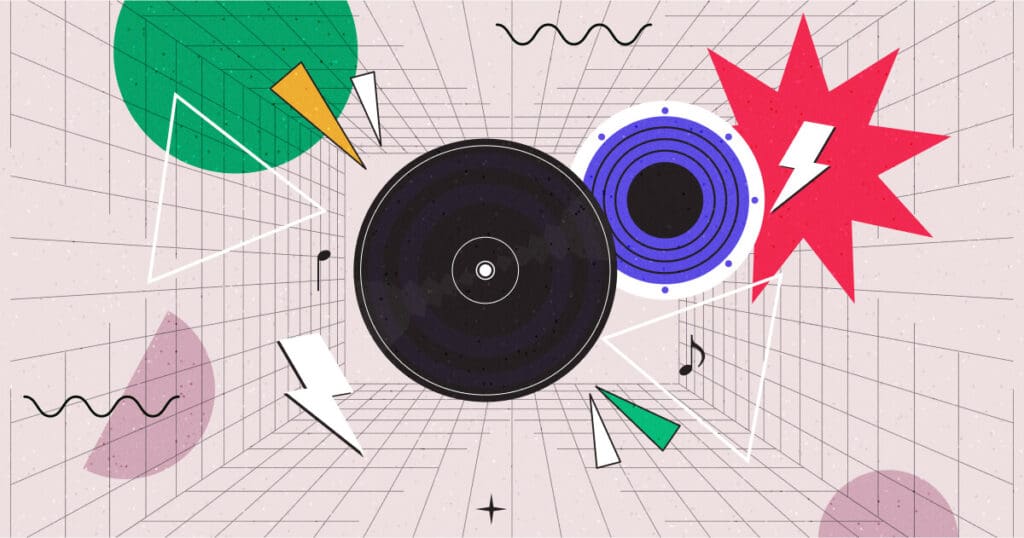Since its public release in late 2022, ChatGPT has accelerated AI from a niche technology into a force reshaping everyday life. There’s no turning back — the genie is out of the bottle. And while ethics, safety, and privacy must be addressed, the real story is the unprecedented creative potential AI brings to design, development, and the digital experiences of the future.
Our team of designers, developers, and strategists have been envisioning not only how innovations in AI development can make web design simpler and more efficient, but also how these possibilities can benefit our partners across industries. Most people in creative and tech understand the capacity of generative AI on a high level, and especially that its major advantage is efficiency. Yet it’s also capable of integrating a degree of humanness, conversationality, and complex information matching to the web development process—all of which improve both user experiences and the development process.
These benefits are only the beginning of AI’s potential for positive impact in the business world. Let’s explore three industries that absolutely can flourish through applying AI to their common challenges. These industries may not have even crossed your mind as ideal prospects—and yet that’s exactly why there are so many possibilities.
Catalyzing Creativity in Arts, Entertainment, and Culture
Because AI algorithms reshape how websites react to users, an AI-driven website can analyze engagement in real-time and adapt website content, layout, and design elements to user behavior. These websites have the potential to be far more immersive and personalized than the norm. Can you imagine how powerful this would be for the world of arts, culture, and entertainment? An industry already so driven by creativity and storytelling is an incredible candidate for AI-driven innovation—beyond simply generating screenplay titles or special effects.
Recent legal struggles with Live Nation and Spotify highlight where this potential could be explored. Live Nation is the subject of an antitrust lawsuit that cites, among other issues, its use of outdated technology as a barrier to both fair pricing and industry competition. And Spotify’s most recent class action lawsuit focuses mainly on a pattern of unpaid mechanical royalties. These examples only illustrate the need to build interfaces for music streaming services and ticket sales that actually work for people—fans and artists alike.

Digital content archives, or platforms for merchandise sales and online subscriptions, could evolve to be more conversational and interactive through tools like Dynamic Yield. This product offers a wide range of solutions that prioritize personalization. It’s a fantastic example of how AI-driven web development can be more individualized, optimize user engagement, and make more targeted recommendations. Ultimately, this level of personalization opens the door for creative, individually tailored web experiences, such as interactive microsites to spotlight upcoming films, or digital installations that showcase exhibitions and performances. It’s the kind of innovation that encourages community because it allows patrons, fans, and enthusiasts to connect with one another on the basis of authenticity.
Revitalizing Retail and E-commerce
AI-driven content generation and development tools could be incredibly helpful for improving online shopping experiences and, ultimately, making them friendlier to people. Consider, for example, copywriting tools such as HeroGuide, Copy.ai, and Jasper.ai (yes, there are great options that aren’t ChatGPT or Gemini!), which allow businesses to automate high-quality, relevant content creation. Their benefits begin with the ability to develop consistent, conversational, brand-specific content. That alone can lead to product descriptions, personalized recommendations, and subscription services that appeal to people’s real needs and values. Beyond that, there’s the fact that automation frees up valuable time and resources for content managers, so their energy can go toward more strategic work. Using AI to make e-commerce experiences more human-centric in these ways has the power to not just make your brand memorable, but also to drive sales by improving conversion rates and retention over time.
Revamping website construction and maintenance through AI can also boost the visual appeal and intuitiveness of retailers’ websites and mobile apps, while substantially improving product browsing and checkout experiences. Harnessing the power of a product like Github Copilot can mean the automation of repetitive tasks, streamlined coding workflows, and fast, accurate fixes for bugs. The result is a faster, lower-cost platform—which means greater client satisfaction and business success.
Expanding New Options in Education
AI-driven innovation can help designers and developers break free from constraints, experiment with new techniques, and create truly unforgettable digital experiences. The unlimited creativity that AI makes room for can certainly benefit several industries—something we can already see through products such as Runway, a suite of creative tools that use AI to automate and energize storytelling.
Education is one industry that is in dire need of those benefits. AI tools can catalyze the kind of outside-the-box thinking that leads to developing more human-centered, fluid, and efficient learning platforms and tools. In this day and age, building better education platforms is nothing short of an imperative—and with the proliferation of generative AI, it is now entirely possible.

Applying creativity-centered tools like Runway, or experience-driven ones like Dynamic Yield, could help education companies and organizations develop interactive online courses, virtual classrooms, and apps that facilitate remote and hybrid learning. Building more user-friendly interfaces for learning management systems and student portals is another possibility—one that would improve students’, parents’, and educators’ experiences, and encourage engagement with coursework. In that sense, products like these can do a great deal to make learners feel valued. Building digital libraries and repositories for educational resources, or platforms for online assessments and progress tracking, could certainly do the same, while saving students and educators time and reducing their stress levels. It’s incredible to imagine just how much more human and helpful the world of education could be with implementations like these.
Using AI & Web Development to Bring Your Brand Into the Future
The digital landscape is charged with both excitement and hesitation about AI in web development. Much of the concern comes from a limited view of what’s possible. While it’s smart to approach any new technology with care, the greater opportunity lies in applying AI to real design challenges and turning creative potential into tangible results. Used thoughtfully, AI can amplify human ingenuity and power more intuitive, human-centered digital products. For your brand, the key is adopting a positive, user-first mindset. When AI is integrated into the design process with intention, it doesn’t replace creativity — it multiplies it. That’s where the next wave of ideas, products, and experiences will take shape.
